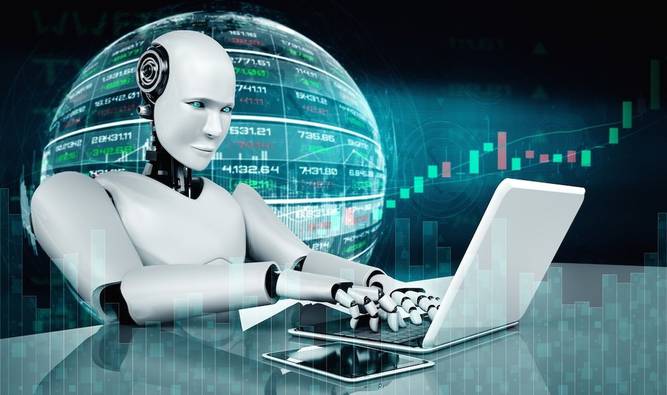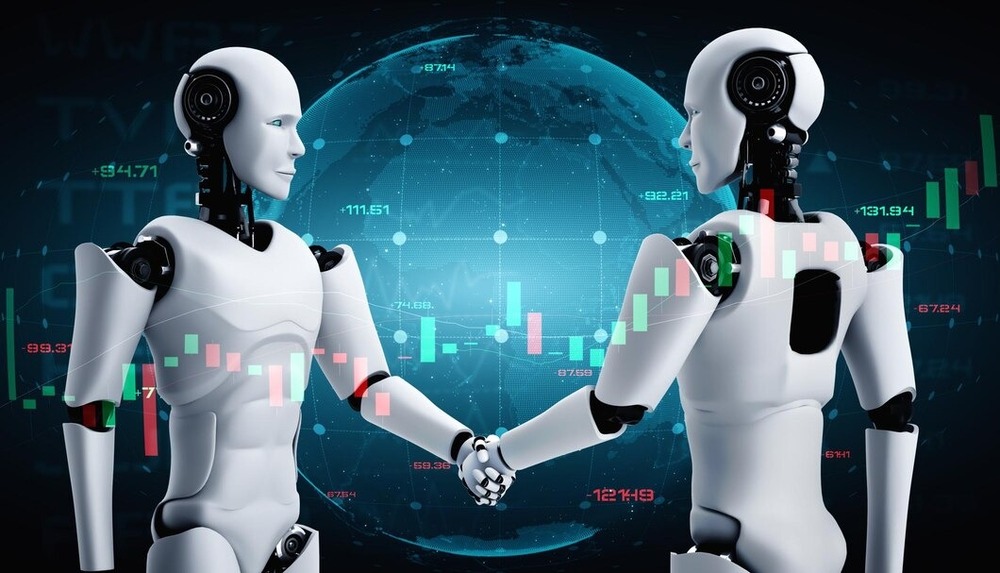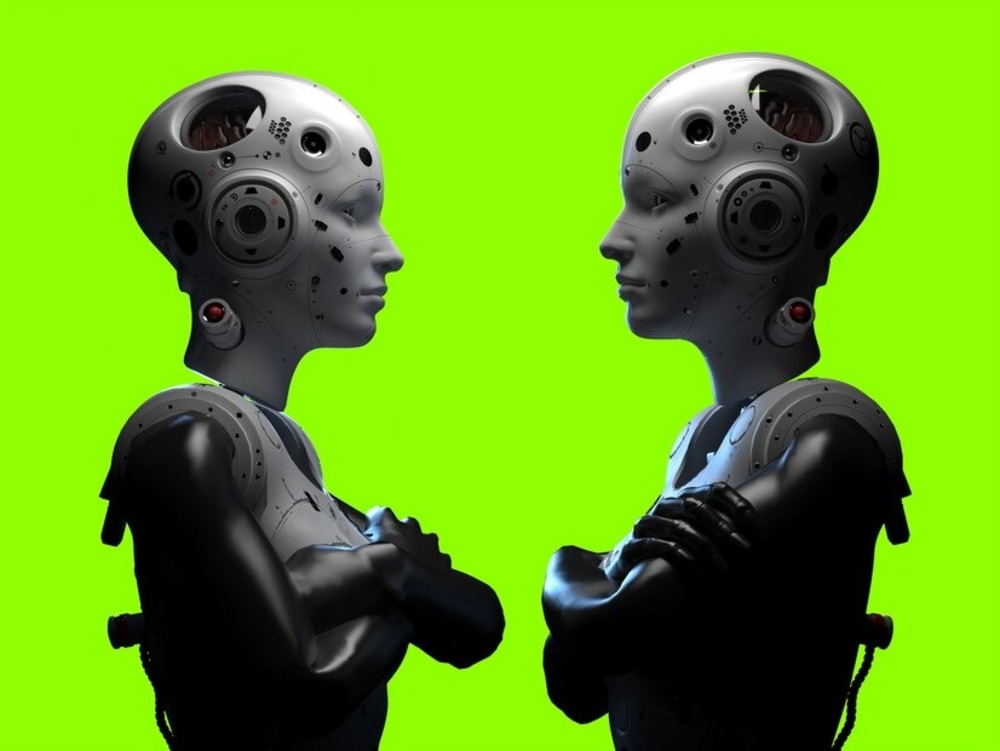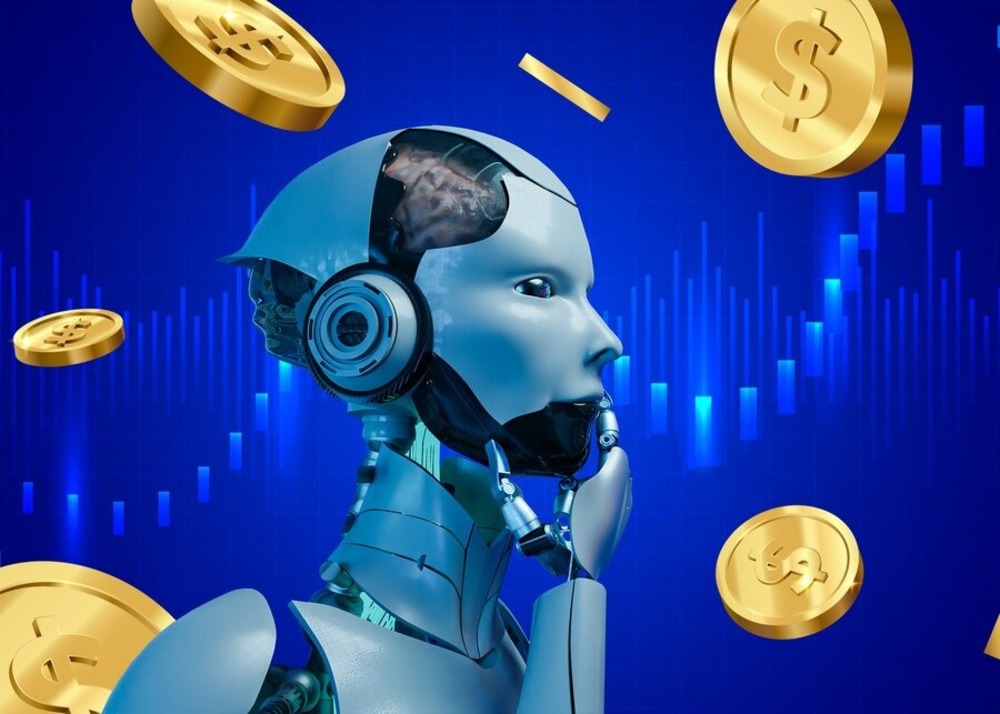In recent years, the financial markets have witnessed a significant transformation, largely driven by advancements in technology. One of the most notable innovations is the rise of trading robots, also known as algorithmic trading systems or automated trading systems. These sophisticated programs are designed to execute trades at lightning speed, analyze vast amounts of data, and make decisions based on pre-defined criteria. As a result, they are reshaping the landscape of trading, making it more efficient and accessible to a broader audience. 📈

The Rise of Trading Robots
The adoption of trading robots has surged in recent years. According to a report by Research and Markets, the global algorithmic trading market is expected to grow from $12.1 billion in 2020 to $18.8 billion by 2026, at a compound annual growth rate (CAGR) of 7.5%. This growth is fueled by the increasing demand for automated trading solutions, the rise of high-frequency trading, and the growing popularity of cryptocurrencies.
Key Statistics on Trading Robots
To better understand the impact of trading robots, let's take a look at some key statistics:
| Year | Global Algorithmic Trading Market Size (in Billion USD) | CAGR (%) |
|---|---|---|
| 2020 | 12.1 | - |
| 2021 | 13.2 | 9.1 |
| 2022 | 14.5 | 9.8 |
| 2023 | 15.8 | 9.0 |
| 2024 | 16.9 | 7.0 |
| 2025 | 17.8 | 5.3 |
| 2026 | 18.8 | 5.6 |
Source: Research and Markets
As we can see, the market for algorithmic trading is on a steady upward trajectory, indicating a growing acceptance and reliance on these technologies.
Benefits of Trading Robots
Trading robots offer numerous advantages that contribute to their increasing popularity:
-
Speed and Efficiency: Trading robots can analyze market data and execute trades in milliseconds, far surpassing human capabilities. This speed is crucial in volatile markets where every second counts. ⏱️
-
Emotionless Trading: Unlike human traders, robots do not experience emotions such as fear or greed. This allows them to stick to their trading strategies without deviation, leading to more consistent results.
-
24/7 Trading: Trading robots can operate around the clock, taking advantage of market opportunities even when human traders are asleep. This is particularly beneficial in the cryptocurrency market, which never sleeps. 🌙
-
Backtesting Capabilities: Traders can test their strategies using historical data before deploying them in live markets. This helps in refining strategies and improving performance.
-
Accessibility: With the rise of user-friendly platforms, even novice traders can access sophisticated trading robots without needing extensive knowledge of programming or trading strategies.
Challenges and Considerations
Despite their advantages, trading robots are not without challenges. Here are some considerations for traders:
-
Market Conditions: Trading robots are designed based on historical data and may not perform well in changing market conditions. It's essential to monitor their performance regularly and adjust strategies as needed.
-
Technical Issues: Like any technology, trading robots can experience glitches or failures. Traders must ensure they have contingency plans in place.
-
Over-Reliance: While trading robots can enhance trading efficiency, over-reliance on them can lead to complacency. Traders should continue to educate themselves and stay informed about market trends.
The Future of Trading Robots
The future of trading robots looks promising. As artificial intelligence (AI) and machine learning technologies continue to evolve, we can expect even more sophisticated trading algorithms that can adapt to changing market conditions in real-time. According to a report by Statista, the AI in the financial services market is projected to reach $22.6 billion by 2025, further indicating the growing integration of AI in trading.
Projected Growth of AI in Financial Services
| Year | AI in Financial Services Market Size (in Billion USD) | CAGR (%) |
|---|---|---|
| 2020 | 6.7 | - |
| 2021 | 8.0 | 19.4 |
| 2022 | 10.0 | 25.0 |
| 2023 | 12.5 | 25.0 |
| 2024 | 15.0 | 20.0 |
| 2025 | 22.6 | 50.7 |
Source: Statista
As we can see, the integration of AI into financial services is expected to grow exponentially, which will likely enhance the capabilities of trading robots.
Conclusion
Trading robots are undeniably revolutionizing the financial markets, offering speed, efficiency, and accessibility to traders of all levels. While they come with their own set of challenges, the benefits they provide make them an attractive option for many. As technology continues to advance, we can expect trading robots to become even more sophisticated, further transforming the way we trade.
For those interested in exploring trading robots, platforms like MetaTrader and TradingView offer a range of tools and resources to get started. Whether you are a seasoned trader or just beginning your journey, embracing these technologies could be the key to unlocking new trading opportunities. 🚀




